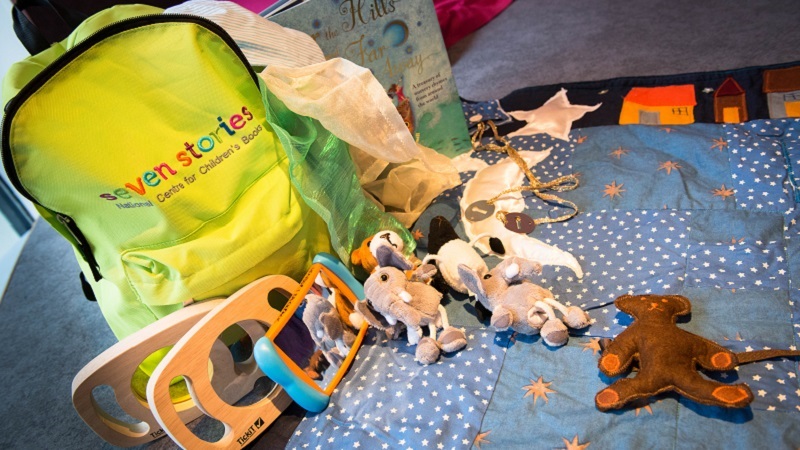What to put in a sensory backpack


COVID-19 update: Not all of these tips might be relevant at the moment while individuals isolate and practice social distancing. Something you can do is to make sure your disabled access information is listed online, on your own website and on Euan's Guide. It is also important to regularly check this information to make sure it is kept up to date. This is a great step in assisting anyone considering visiting your venue when it is safe to do so.
We love sensory backpacks! Designed for visually impaired children and adults or for those with autism, there are all kinds of sensory backpacks out there. If you’re thinking of creating a sensory backpack for visitors to borrow at your venue, here are some things you might want to consider when putting it together.
Is it practical?
When selecting the backpack to hold your sensory items, consider getting both children and adult sizes. The bag should be comfortable to wear, and not too heavy! We’re big fans of simple backpacks with minimal pockets and openings to ensure that items can be accessed quickly and easily when required.
Practical items you’ll typically find inside sensory backpacks include water bottles (which the user gets to keep after returning the bag), and ear defenders or earplugs to reduce noise stimuli in loud environments, or dark glasses to assist with visual stimuli and bright lights. Backpacks for visually impaired visitors could include magnifiers and items labelled with braille information.
Does it engage the senses?

Image of: A Seven Stories backpack next to toys.
The name says it all, a sensory backpack should be filled with sensory objects! The V&A worked with the charity Sense to create their ‘Curious Ceramics’ sensory backpack which was filled with a musical rain stick, ceramic touch objects and more to heighten discovery of the Ceramics Gallery.
Is it fun?
Sensory backpacks should add to the visitor experience, so it’s important to make them fun as well as practical! Bright colours are not only fun but easily identifiable on the wearer’s back. Toys and items relevant to your venue can add to the element of surprise, and the more creative the better!
Is it informative?
It’s useful to include items such as maps, visual stories and information to help your visitors explore your venue. Be sure to include information about quiet spaces, relaxed tours or descriptive tours, and directions to accessible toilets.
Is it calming?

Image of: A backpack next to a waterbottle, ear defenders and toys.
In 2018 the world’s biggest arts festival revealed its first sensory backpacks in Edinburgh which included a stress reliever in the shape of an Edinburgh tram! Items such as fidget spinners, squash balls and soft toys can help to distract and relax people in stressful or overstimulating environments. Often organisations will include something in the pack that the person gets to keep when they hand the pack back after use. It's helpful as the user doesn't feel everything is suddenly being taken away from them. It's also a useful connection to the visit.
What will you fill your backpacks with?
If you’re creating a sensory backpack for your venue, we’d love to know more! Update your listing to share information on you sensory backpacks.










 Follow Euan's Guide on Instagram
Follow Euan's Guide on Instagram
 Follow Euan's Guide on LinkedIn
Follow Euan's Guide on LinkedIn
 Follow Euan's Guide on Facebook
Follow Euan's Guide on Facebook

